Home> Technical Articles> Application of conical cross roller bearings---- Take vertical lathe as an example
Rotary worktable is widely used in various CNC milling machines, boring machines, vertical lathe and vertical milling machines. In the design of the machine tool, besides the requirement that the rotary table can bear the weight of the workpiece well, it also needs to ensure the rotary accuracy under the load. Turntable bearings, as the core components of the turntable, should not only have high bearing capacity, but also have high rotary accuracy, high anti-overturning ability and high rotational speed ability.
1. applied to rotary table bearing type
In the design of rotary table, many types of bearings are broadly classified as follows:
(1) thrust ball bearings + cylindrical roller bearings
Thrust ball bearings can bear a certain axial force, so the bearing is mainly used to bear the weight of the workpiece; cylindrical roller bearings are mainly used for radial positioning and bearing external radial force (cutting force, milling force). This kind of design is widely applied and the cost is relatively low. Because
Thrust ball is a point contact bearing, so its axial bearing capacity is relatively low, mainly used in small or medium machine tool rotary table. Besides, the lubrication of thrust ball is also difficult.
(2) hydrostatic bearing + precision cylindrical roller bearing
Hydrostatic bearing is a kind of sliding bearing which is supplied with pressure oil from outside, and the hydrostatic bearing oil film is built in the bearing to realize liquid lubrication. Hydraulic hydrostatic bearing works under liquid lubrication from start to stop, so it has the characteristics of low wear, long service life and low starting power. Besides, the bearing has the advantages of high rotation accuracy, large oil film stiffness and suppressing oil film oscillation. Precision cylindrical roller bearings have very good radial bearing capacity, and because of the use of precision grade bearings, rotary table accuracy can also be very good guarantee. The rotary table designed with this type can withstand large axial force. Some workpieces weigh more than 200 t and the diameter of the rotary table exceeds 10 m. But this kind of design also has some shortcomings, because the hydrostatic bearing must be accompanied by a special oil supply system to supply pressure oil, maintenance is more complex and cost is higher.
(3) cross roller bearings
Cross roller bearings are also widely used on turntable. Cross roller bearings are characterized by 2 raceways and two rows of rollers. Compared with the traditional thrust bearing and radial centering bearing combination, the cross roller bearing is compact in structure, compact in volume and simplified in table design, thus reducing the cost of turntable. In addition, due to the use of optimized preload, this kind of bearing has a high stiffness, so the stiffness and accuracy of the turntable are also guaranteed. Thanks to the design of two rows of cross rollers, the effective span of the bearing can be significantly improved, so this kind of bearing has a great anti-overturning torque. There are two types of cross roller bearings: cylindrical cross roller bearings and tapered cross roller bearings. Generally, cylindrical cross-roller bearings are cheaper than tapered cross-roller bearings and are suitable for turntables with relatively low rotational speeds; tapered cross-roller bearings adopt pure rolling design with tapered roller.
2.Characteristics of cross roller bearings
This type of bearing has two sets of raceways and rollers, which are combined at right angles to each other, and the rollers are similar to each other, thus saving space and bearing material. The large cone angle and conical geometric design make the bearing overall effective span several times the width of the bearing itself. Cross roller bearings can withstand large overturning moments, and are also suitable for applications where space constraints require the lowest possible center of gravity of rotating mass.
3 Comparison of driving mechanism of worktable before and after application
3.1 application of front vertical lathe worktable
The motor drives a pair of bevel gears through the gearbox to drive the big gear ring and the worktable to revolve around the main shaft. The spindle bearing adopts 2 sets of double row cylindrical roller bearings with inner hole and taper. This taper is combined with the tapered surface of the spindle, and the rising bearing inner ring can enlarge the diameter to adjust the radial clearance of the bearing. The workbench is lifted by the hydrostatic guide, and the fuel supply is adjusted servo by the oil film detecting mechanism. The main processing parts of vertical lathe are developing towards large-scale and heavy-duty structure, but the bottleneck of restricting the large-scale vertical lathe is the manufacture of large-scale bearings of main transmission. Most large bearings in China rely on them.
Imported, the cost is relatively high, even if the domestic production of the corresponding specifications and sizes of bearings, but its rotary accuracy is far from the requirements of the machine itself. Therefore, the bearing problem of the worktable has always been a bottleneck problem for the vertical lathe manufacturer.
3.2 vertical lathe workbench with conical cross roller bearings
The worktable of the vertical lathe installed with tapered cross roller bearings is obviously simplified, and the spindle, hydrostatic bearings and a series of pressure tubing parts are eliminated. One single row tapered cross roller bearing can replace the traditional arrangement design of two or three bearings; in the application of the spindle turntable of the vertical vehicle, it has higher precision and rigidity with smaller assembly space; the design of the spindle turntable of the vertical vehicle is simpler; the assembly height can be effectively reduced and the height of the whole gravity center can be reduced at the same time. The weight of the light turntable spindle structure; Improve the anti-roll torque performance; Tapered roller design stable rotation, roller only rolling no sliding, small vibration, low noise, low heating, lubrication and cooling oil consumption; Lubrication and cooling oil system design is simpler; smaller driving power; Reduce the assembly time of the turntable spindle.
4 Conclusion
Cross roller bearings are suitable for various types of vertical or horizontal boring machines as well as vertical grinding, vertical turning and large gear milling machines. High operation accuracy, high speed capability, reduced shaft length and machining cost.
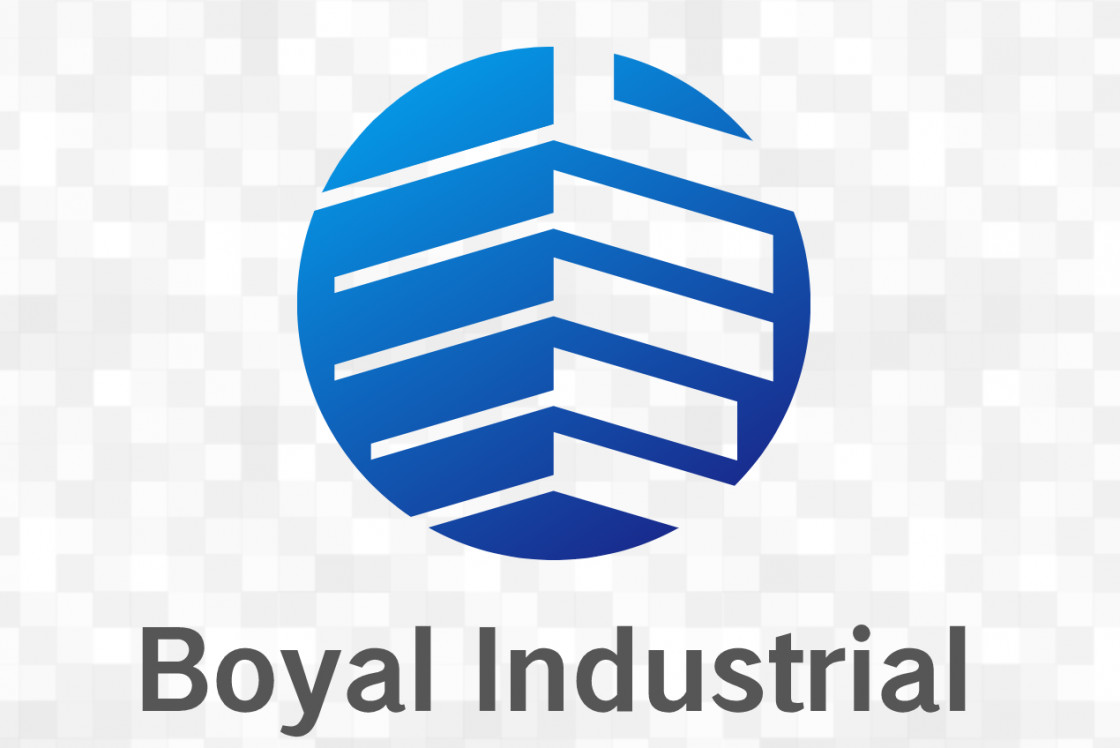

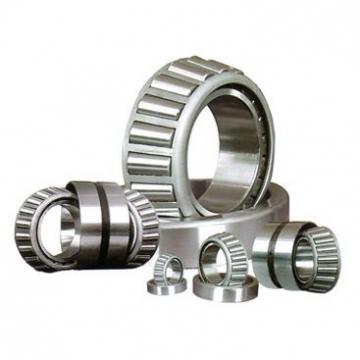 LL217849/LL217810 Fersa Tapered Boller Bearings
LL217849/LL217810 Fersa Tapered Boller Bearings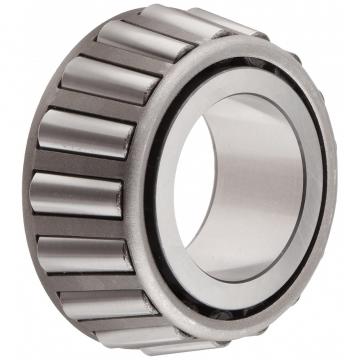 02872/02820 CX Tapered Boller Bearings
02872/02820 CX Tapered Boller Bearings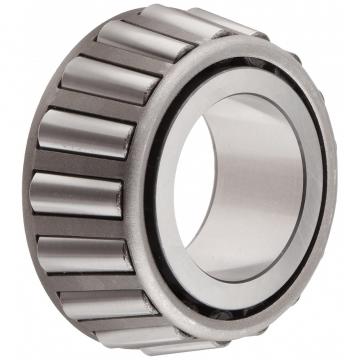 32017-X NKE Tapered Boller Bearings
32017-X NKE Tapered Boller Bearings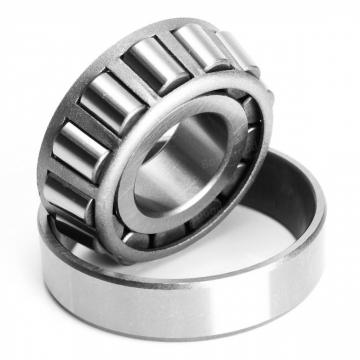 932006.C.H206 SNR Tapered Boller Bearings
932006.C.H206 SNR Tapered Boller Bearings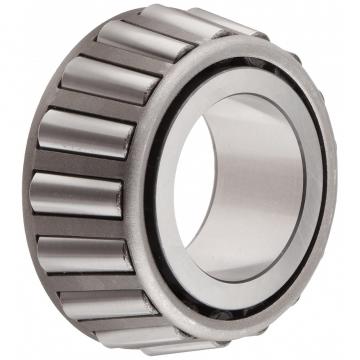 6580/6535 CX Tapered Boller Bearings
6580/6535 CX Tapered Boller Bearings